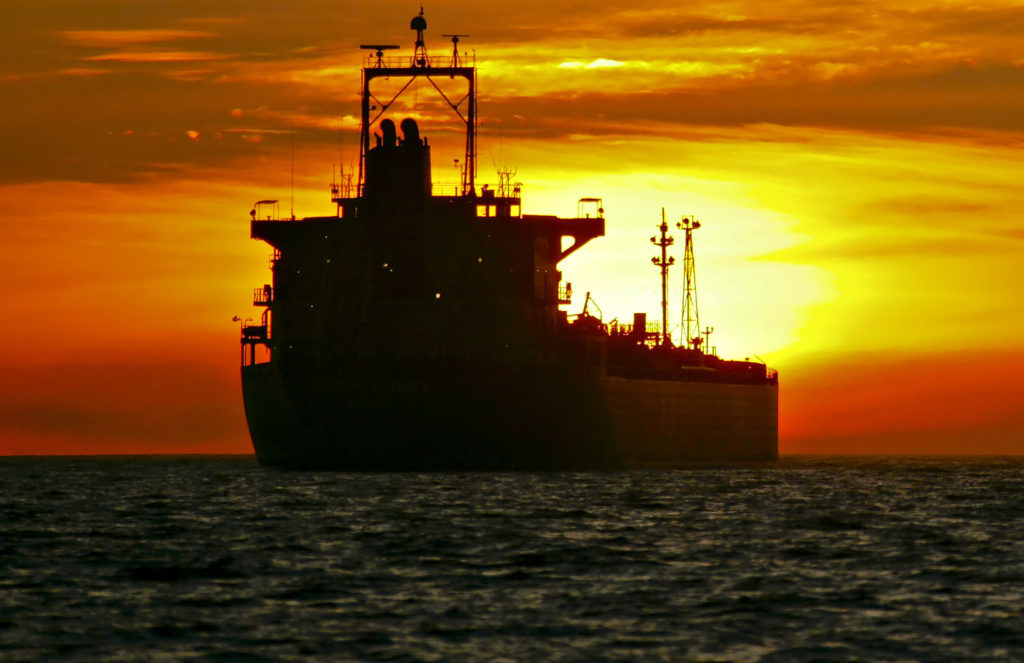
Brand-new supertankers are ferrying a rare flow of diesel from Asia to ports thousands of miles away in Europe as a surplus of the fuel from China scouts for a new home.
At least three newly-built Very Large Crude Carriers have loaded diesel from Tianjin in China and near Singapore to reach as far as Fos Sur Mer in France around June or July, according to cargo-tracking company Kpler and data compiled by Bloomberg. That compares with only two VLCCs laden with the fuel that sailed from Asia to Europe for the whole of 2017.
“Part of the reason behind the increased Asia-Europe diesel flow is the persistent fuels glut in China,” said Peter Lee, an analyst at BMI Research. The oversupply “has contributed to Asia’s diesel prices under-performing prices in Europe.”
China’s diesel exports climbed almost 30 percent to over 10 million metric tons in the first half from a year ago, with March shipments hitting a record high. The premium of the product in Rotterdam to the Singapore benchmark rose to $1.40 a barrel in the second quarter from 80 cents in the first quarter, said BMI’s Lee. A year earlier, European fuel was at a discount of 70 cents, he said.
The profit from turning crude into diesel in Asia was at $14.45 a barrel Thursday after reaching this year’s low of $12.98 in June, according to Bloomberg Fair Value.
‘Freight Economics’
While stronger oil prices have restrained consumer sentiment across Asia, diesel in Europe has remained strong on economic growth, seasonally-lower stockpiles and stable demand from the region’s large diesel-based transport fleet, Lee said. “This is likely to have supported freight economics and Asian refiners’ desire to ship to Europe,” he said.
The availability of new supertankers has also helped increase the flow. While VLCCs normally don’t carry clean fuels like diesel, they are sometimes a more viable option than sailing empty on their maiden trips. Such journeys cost relatively less due to the risk associated with first-time voyages, offering a cheaper transport option. A VLCC typically holds 2 million barrels of oil.
Among the ships that made such trips, Maran Aphrodite picked up a part of its cargo in April from Sinopec’s Tianjin refinery, and loaded the rest in Pengerang before discharging some of its loadings at Malta Light and at Fos Sur Mer, according to data from Homa Kargar, a Paris-based analyst for clean products at Kpler. New Eminence, hired by the Chinese oil giant’s unit Unipec, has reached Lome to unload some supply after switching destinations several times, the data show.
‘Target Region’
“Unipec has always focused on cross-region trades in order to expand oil-product export markets,” said Sinopec’s Beijing-based spokesman. “Strong diesel demand from European market makes it a key target region. Using large tankers to transport is more economical and can create a better benefit for the company.”
More barrels are set to flow out of China. The nation’s oil refining is near a record-high of over 12 million barrels a day, while China National Petroleum Corp. forecast a capacity boost of 36 million tons nationwide this year. Crude processing may rise by a “whopping” 525,000 barrels a day year on year in the latter half of the year, worsening the regional surplus of diesel, also known as gasoil, said Sri Paravaikkarasu, head of East of Suez oil at industry consultant FGE.
“We should be ready to embrace increased outflows from Asia,” she said. “The key factor to watch remains China’s lengthening surplus. In contrast, gasoil demand should only post a flat-to-modest growth. This will leave the market with greater Chinese exports.”